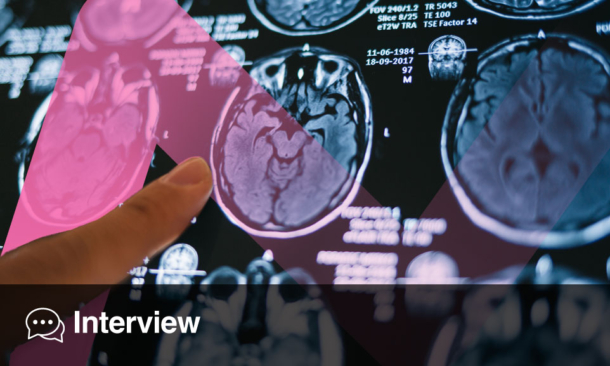SKULL bone marrow and venous sinuses act as pivotal sites for interactions between central and peripheral immunity in depression , recent research has shown.
Emerging evidence has consistently shown the presence of inflammation in depression, yet the relationship between central and peripheral immune activity remains unclear. This study sought to address this gap by investigating the association between extra-axial inflammatory activity, central inflammation, and peripheral immune markers. Specifically, it examined whether TSPO expression, a marker of inflammation, in the calvarial bone marrow and parameningeal spaces plays a mediating role. A total of 51 individuals with depression and 25 healthy controls were included, with the depression cohort enriched for elevated peripheral cytokines and central immune activity.
Using PET imaging, TSPO expression in the skull, parameninges, and brain was quantified. Correlations were computed between these measures and peripheral cytokine levels. The results revealed significant relationships between TSPO expression in the facial and parietal skull bone marrow and markers of both central and peripheral inflammation. Similarly, TSPO expression in the venous sinuses was found to correlate with central and peripheral immune activity. The occipital skull bone marrow also demonstrated group-dependent elevations in TSPO expression, strongly linked to central immune markers in depressed individuals. Collectively, these findings confirm that specific extra-axial regions, particularly the occipital skull and venous sinuses, serve as immune cell niches facilitating brain-periphery immune crosstalk in depression.
This study provides in vivo confirmation of preclinical observations and highlights the importance of calvarial bone marrow and venous sinuses as hubs for immune interactions in depression. The occipital region, in particular, may act as a reservoir for immune privilege during disease states. Clinically, these findings pave the way for exploring targeted interventions that modulate inflammatory activity in these regions, with the potential to address both central and peripheral immune dysregulation. Future studies should investigate the mechanistic pathways underlying this immune interaction and evaluate therapeutic strategies to mitigate neuroinflammation in depression and related conditions.
Katrina Thornber, EMJ
Reference
Eiff B et al. Extra-axial inflammatory signal and its relationship to peripheral and central immunity in depression. Brain. 2024:awae343.







